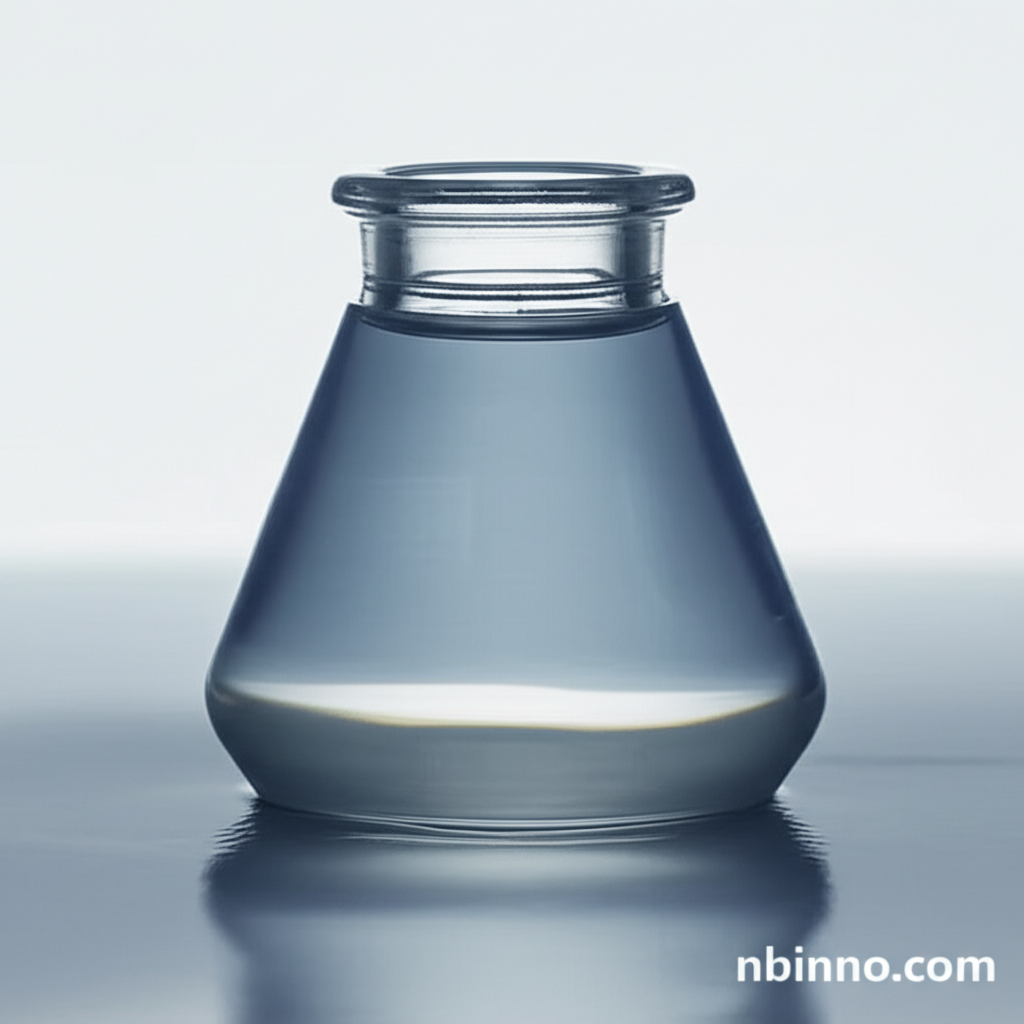Monomethyl Adipate (CAS 627-91-8): A Versatile Chemical for Lubricants, Fuels, and Fragrances
Discover the multifaceted applications of Monomethyl Adipate, a key chemical intermediate vital for enhancing performance in high-grade lubricants, fuels, and diverse industrial processes. Explore its role in advanced surfactant synthesis and as a premier solvent for fragrances.
Get a Quote & SampleProduct Core Value

Monomethyl Adipate
As a leading supplier in China, we offer Monomethyl Adipate (CAS 627-91-8), a highly versatile chemical with a purity of ≥98.0%. Its transparent and colorless liquid form makes it ideal for a range of demanding applications, from improving the performance of high-grade lubricants and fuels to its crucial role in advanced surfactant synthesis. We are a trusted manufacturer in China, committed to providing high-quality chemical solutions.
- Advanced Surfactant Synthesis: Monomethyl Adipate is instrumental in creating sophisticated surfactants, a key component in many industrial and consumer products, helping to meet complex formulation needs.
- High-Grade Lubricant Additives: Its application as an additive for advanced lubricants and fuels enhances operational efficiency and longevity, crucial for high-performance machinery and engines.
- Fragrance Solvents: Monomethyl Adipate serves as an effective solvent for fragrances, ensuring the stability and optimal release of aromatic compounds in perfumes and other scented products.
- Dye Intermediates: This chemical plays a vital role as an intermediate in the synthesis of various dyes, contributing to the vibrant colorations in textiles and other materials.
Advantages Derived from the Product
Enhanced Performance in Lubricants
By incorporating Monomethyl Adipate into lubricants and fuels, you can achieve superior performance, ensuring machinery operates smoothly and efficiently, a key aspect when considering advanced lubricant additives.
Versatile Chemical Intermediate
Monomethyl Adipate's utility spans across multiple industries, from creating effective surfactants for industrial applications to serving as a solvent for fragrances, showcasing its broad applicability.
Consistent Quality and Purity
Our commitment as a supplier in China ensures a consistent supply of Monomethyl Adipate with high purity, guaranteeing reliable results in your synthesis and formulation processes, essential for chemical intermediates.
Key Applications
Lubricant and Fuel Industry
Monomethyl Adipate is a critical additive in high-grade lubricating oils and fuels, improving their performance characteristics and extending equipment life, a testament to its value in lubricant additives.
Surfactant Manufacturing
Its role in the synthesis of advanced surfactants makes it indispensable for industries requiring specialized emulsifying and cleaning agents, showcasing its utility in surfactant synthesis.
Fragrance and Cosmetics
As a solvent for fragrances, it ensures optimal scent diffusion and stability, contributing to the quality of perfumes and personal care products, highlighting its use as a solvent for fragrances.
Dye Production
Monomethyl Adipate serves as a key intermediate in the creation of dyes, enabling vibrant and stable colors in textiles and other manufactured goods, demonstrating its importance as dye intermediates.
